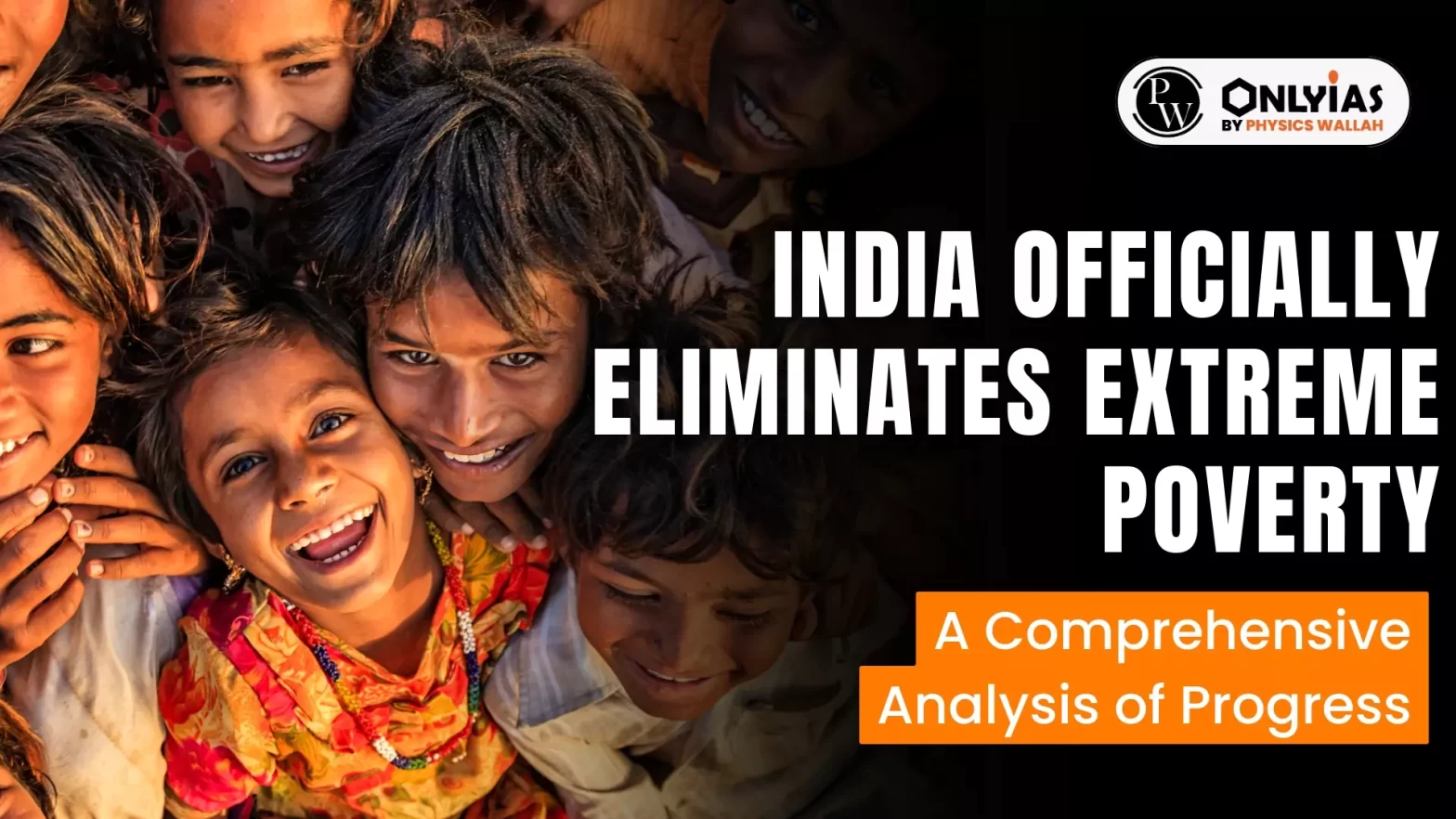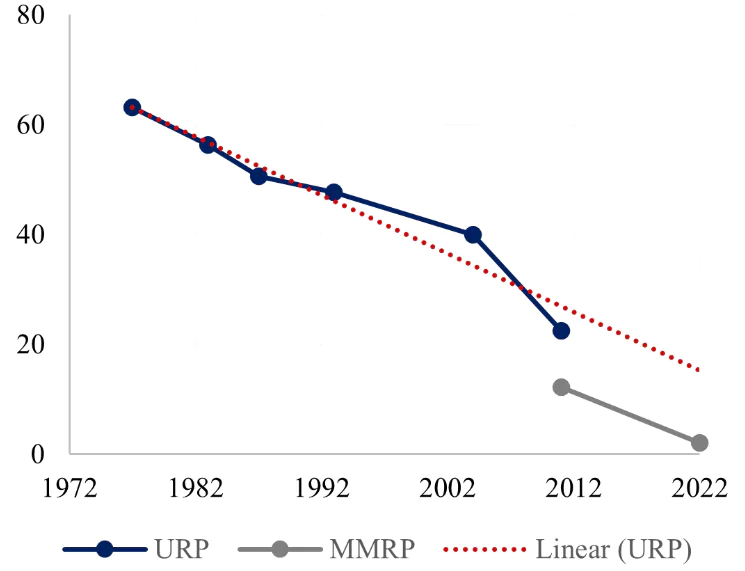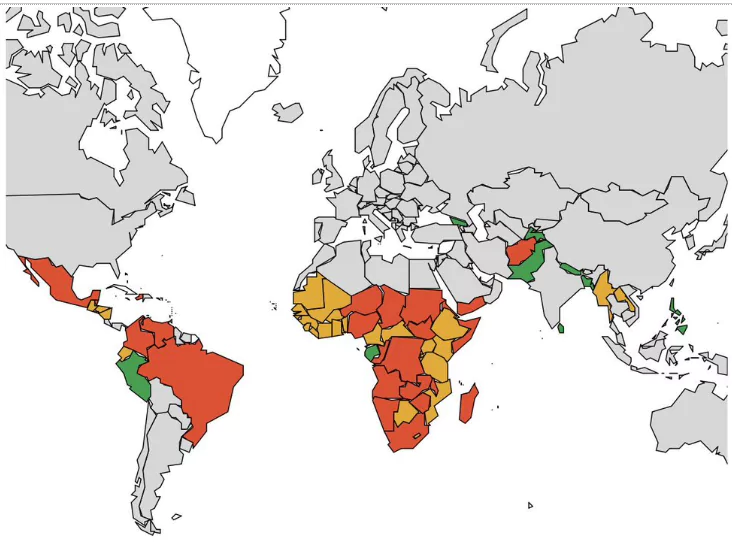
According to a report prepared by the think tank Brookings, India has officially eliminated ‘extreme poverty’. The report is prepared by the think tank Brookings and authored by Surjit Bhalla and Karan Bhasin.
Types of Poverty |
|
Extreme Poverty: |
|
Moderate Poverty: |
|
Relative Poverty: |
|
Chronic Poverty: |
|
Multidimensional Poverty: |
|
Urban Poverty: |
|
Rural Poverty: |
|
According to think tank Brooking, India has officially eliminated ‘extreme poverty,’ marking a significant milestone in its development journey. The finding of the report is based on Household Consumption Expenditure Survey (HCES) and backed by robust data and analysis, indicating a sharp decline in headcount poverty ratio and a substantial increase in household consumption.
Household Consumption Expenditure Survey (HCES)
|



India’s official elimination of extreme poverty stands as a testament to its unwavering commitment to inclusive development and socio-economic progress. This milestone underscores the transformative impact of targeted policies and interventions in uplifting millions of lives and creating a more equitable society. As India charts its course towards higher poverty thresholds, the focus remains on ensuring that the dividends of growth are shared equitably, leaving no individual or community behind in the journey towards prosperity and well-being.
| Must Read | |
| NCERT Notes For UPSC | UPSC Daily Current Affairs |
| UPSC Blogs | UPSC Daily Editorials |
| Daily Current Affairs Quiz | Daily Main Answer Writing |
| UPSC Mains Previous Year Papers | UPSC Test Series 2024 |

<div class="new-fform">
</div>